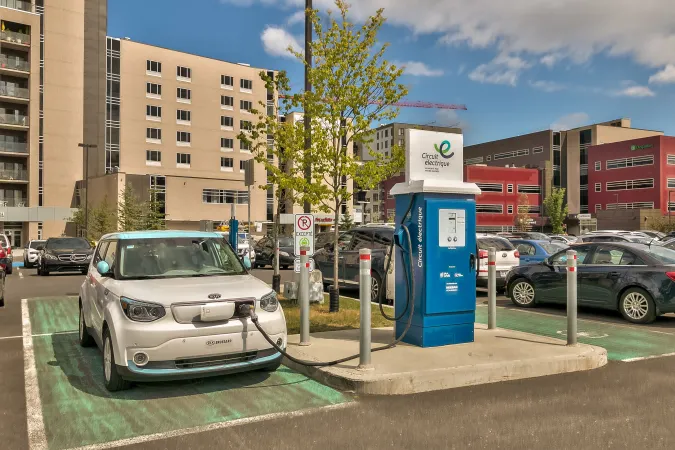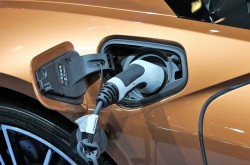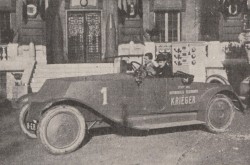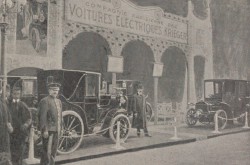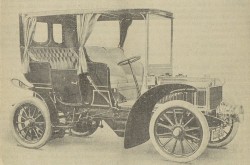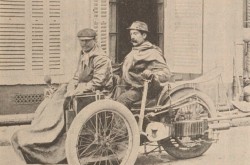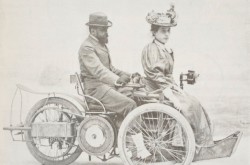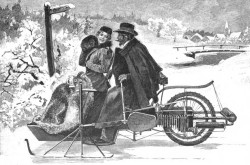Gas Crisis of the 1970's spurs Electric Vehicle Research and Development

"Sorry, no gas today."
This might surprise you, but in 1973 it was a common sight to see signs with this message at North American gas stations, due to the Yom Kippur War and the resulting oil embargo. Despite its large oil reserves, Canada largely relied on imported Arab oil, making it extremely vulnerable to changes in foreign markets and spurring an interest in electric vehicles.
A new Canadian industry
Following the oil crisis, there was resurgence in innovation of personal transportation. In Quebec, Luis Gyory created Marathon Electric Co., manufacturing electric vehicles including golf carts, personal automobiles, and industrial equipment. In 1975, the Marathon C-300 was released into the Canadian market.

Its electric control system was unlike any other system on the electric market at the time, producing little energy waste and attaining significant speed with minimal cost to the battery.
The private and public sectors believed that creating a Canadian industry would help relieve the dependence on foreign oil imports. Therefore, Petro-Canada was established in 1975. Its mandate was to encourage Canadian exploration for and research of fuel and other energy sources, as well as to enhance federal control over the development and security of oil in Canada.
In Quebec, Marathon Electric believed that one solution to the geo-political risks of foreign oil and the country’s growing energy needs was “a wholly-owned Canadian company, and that is the final development and growing use of electric powered vehicles”. Luis Gyory said, “With eight years of experience in the design and manufacture of electric vehicles… we believe that we have the basis for the establishment of a viable new Canadian industry.”

The green giant rises again
In 1975, Canada and the United States developed government agencies, such as the North American Electric Vehicle Council, to assist in the development, testing, and certification of electric vehicles for public and private use. By 1980, the University of Wisconsin found that 330,000 electric automobiles had been sold in the United States alone. While these figures do not apply directly to Canada, it’s likely that Canadian sales of electric vehicles were also high, relative to the population.

Marathon Electric Co. benefitted from this growth of the electric automobile industry. They sold over 600 electric vehicles by 1978. Interestingly, safety and convenience remained a concern for buyers for over half a century following the release of the C-300, despite the in-depth safety manual and claims that the C-300 was “safe, dependable and easy to operate”. Unfamiliarity, safety concerns, and the cost of the vehicle were likely the reasons for poor electric car sales. Nevertheless, the Marathon C-300 contributed greatly to fuel efficiency and alternative transportation in Canada.
The electric vehicle had returned to Canada and its success, or lack thereof, stemmed largely from economic concerns related to fossil fuels, fuel shortages, dependence on foreign imports, and the country’s growing energy needs. The electric car wasn’t the right answer for Canada yet, but growing concerns about environmental responsibility would bring this innovation back into the spotlight.



